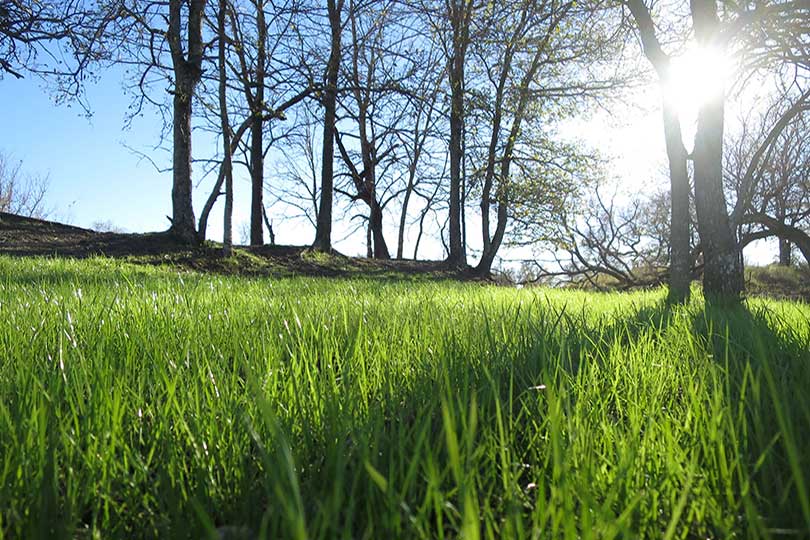The Texas State Soil and Water Conservation Board (TSSWCB) and the Association of Texas Soil and Water Conservation Districts (ATSWCD) have announced the 2017 Conservation Award winners.
The Texas Conservation Awards Program began in the late 1970s to recognize conservationists and the vital role they plan in managing Texas’ natural resources. The purpose of the program is to acknowledge, recognize and honor individuals who dedicate their time and efforts to the conservation of natural resources.
The program provides an opportunity for competition and incentives to expand and improve conservation efforts, as well as the wise use of renewable natural resources.
Categories recognized through the Texas Conservation Awards Program are: Poster Contest and Junior and Senior Essay Contests, Conservation Farmer, Outstanding Soil and Water Conservation District, Conservation Rancher, Friend of Conservation, Conservation Teacher and Wildlife Conservationist.
The subject for the 2017 Poster Contest was “We All Need Trees.” Macy Rae Cantu from Industrial Junior High School and the Jackson Soil and Water Conservation District was chosen as this year’s winner.
“We All Need Trees” was also the topic for the essay contest. Brentton Jenkins of Marshall and the Harrison Soil and Water Conservation District took first place in the Junior Division of the essay contest. Tyler Ray Jackson of Boerne and the Kendall Soil and Water Conservation District won first place in the Senior Division.
Below is the list of the 2017 Conservation Award winners:
Conservation Farmer: Adam Yablonski, Medina County
From the beginning, Adam Yablonski has devoted his time to run an efficient, conservation-minded operation. Conservation practices currently in place on his land address the wise use of irrigation water, preventing soil erosion, improving soil health, as well as managing water quality and quantity. Yablonski understands the significance of precision agriculture as an aggressive method to address areas concerning natural resources. Upon entering the agriculture business over a decade ago, Yablonski sought out the Medina Valley Soil and Water Conservation District (SWCD) and his local USDA-Natural Resources Conservation Service (NRCS) office with whom he worked to establish sound conservation practices. As a result of the success of the conservation partnership between the three entities, he continues to work with these agencies, staying abreast of the latest technological trends.
Outstanding Soil and Water Conservation District: Llano County Soil and Water Conservation District #233
Tom Ball, District Director
Joe Freeman, District Director
Steve Haverlah, District Director
Johnny Sawyer, District Director
Joe Allen Wells, District Director
Organized in 1950, the Llano County Soil and Water Conservation District has provided farmers and ranchers of Llano County with balanced and innovative conservation programs. The district currently has 555 individual cooperators working to actively implement conservation practices. The Llano County SWCD is passionate about educating landowners and youth on the importance of protecting and enhancing natural resources. This passion is put into play many times during the year through field days, educational meetings, community outreach, fish and seed sales, as well as promoting the Conservation Awards Program. Llano County SWCD is a strong supporter of conserving and protecting natural resources for the many generations to come.
Conservation Rancher: Holt River Ranch, Palo Pinto County
Dr. Glenn Rogers, DVM, Owner
The Holt River Ranch lies along the banks of the Brazos River a few miles south of Graford, Texas. Dr. Glenn Rogers, DVM, has spent the last 35 years working the lands and improving the ranch. Rogers is part of the fifth generation of agriculturalists who are carrying on the tradition of soil and land stewardship. The ranch has been in the Rogers’ family since 1906 and consists of 3,149 acres with about 7,000 additional leased acres. Rogers has water supply enhancement at top of mind by implementing brush control and prescribed burned practices. The ranch is also home to an efficient livestock watering system that pumps water from the Brazos River into a central storage tank. The watering

